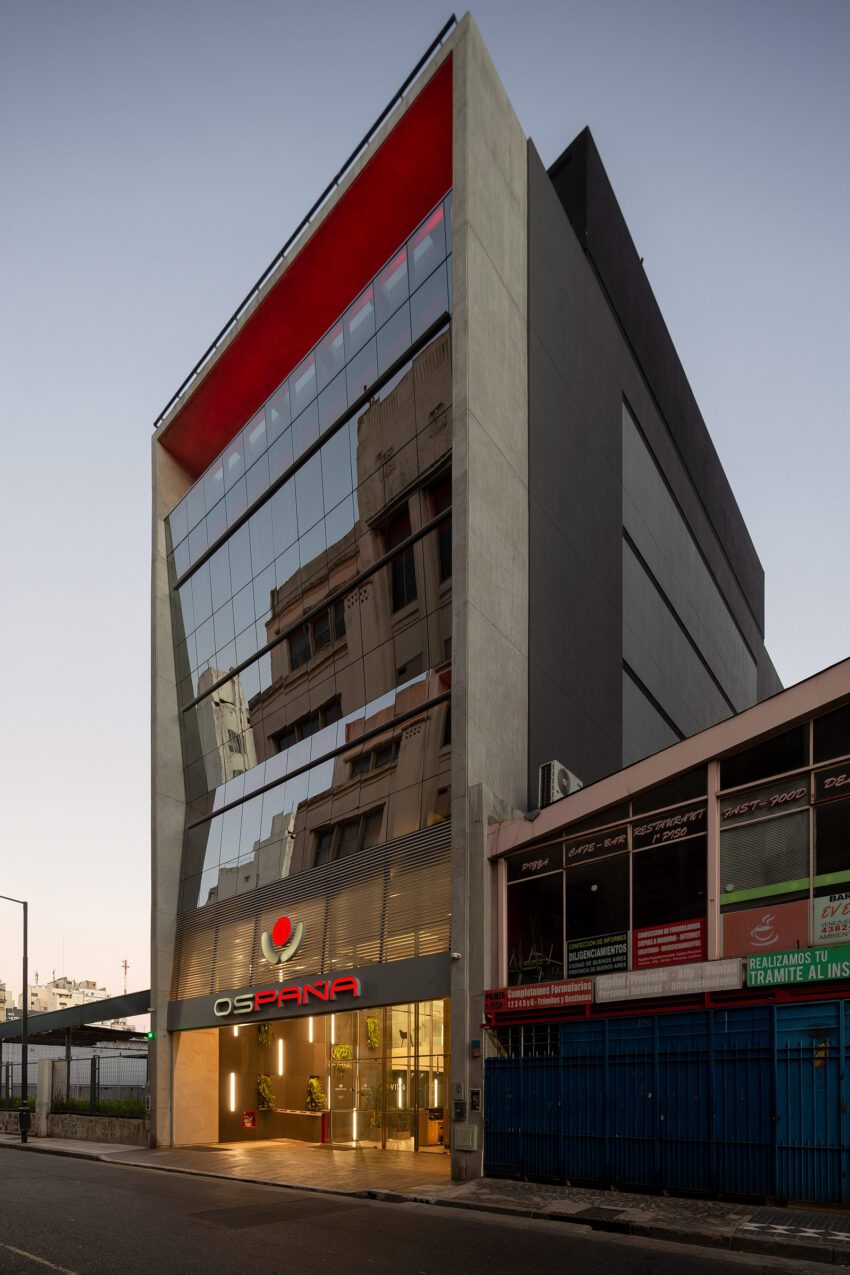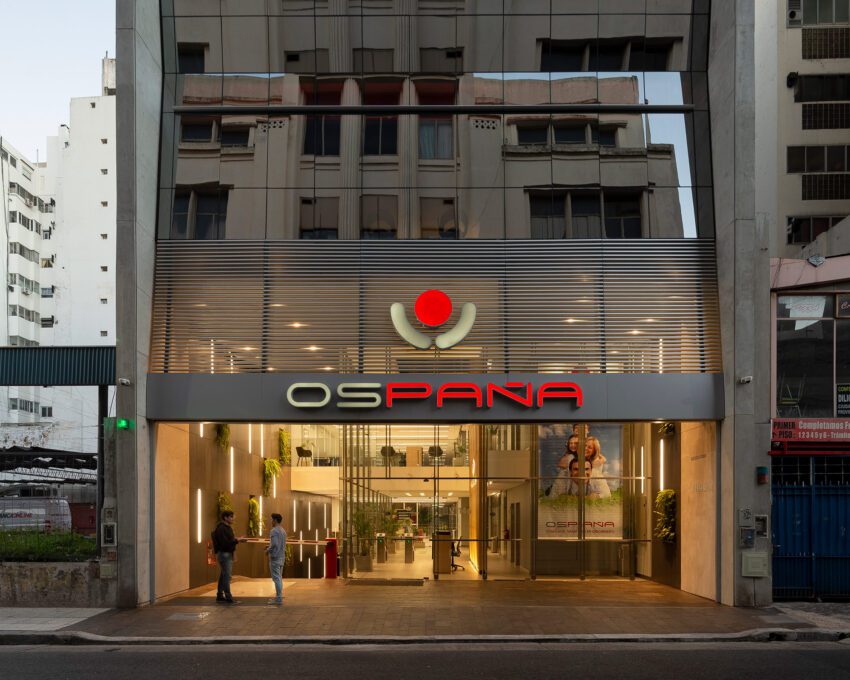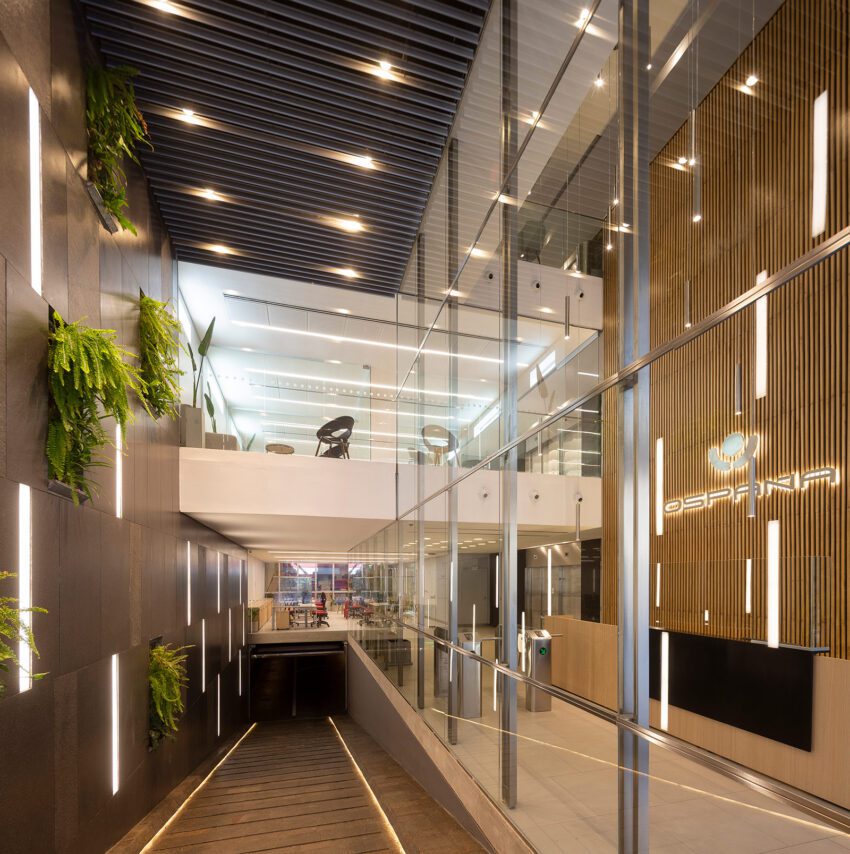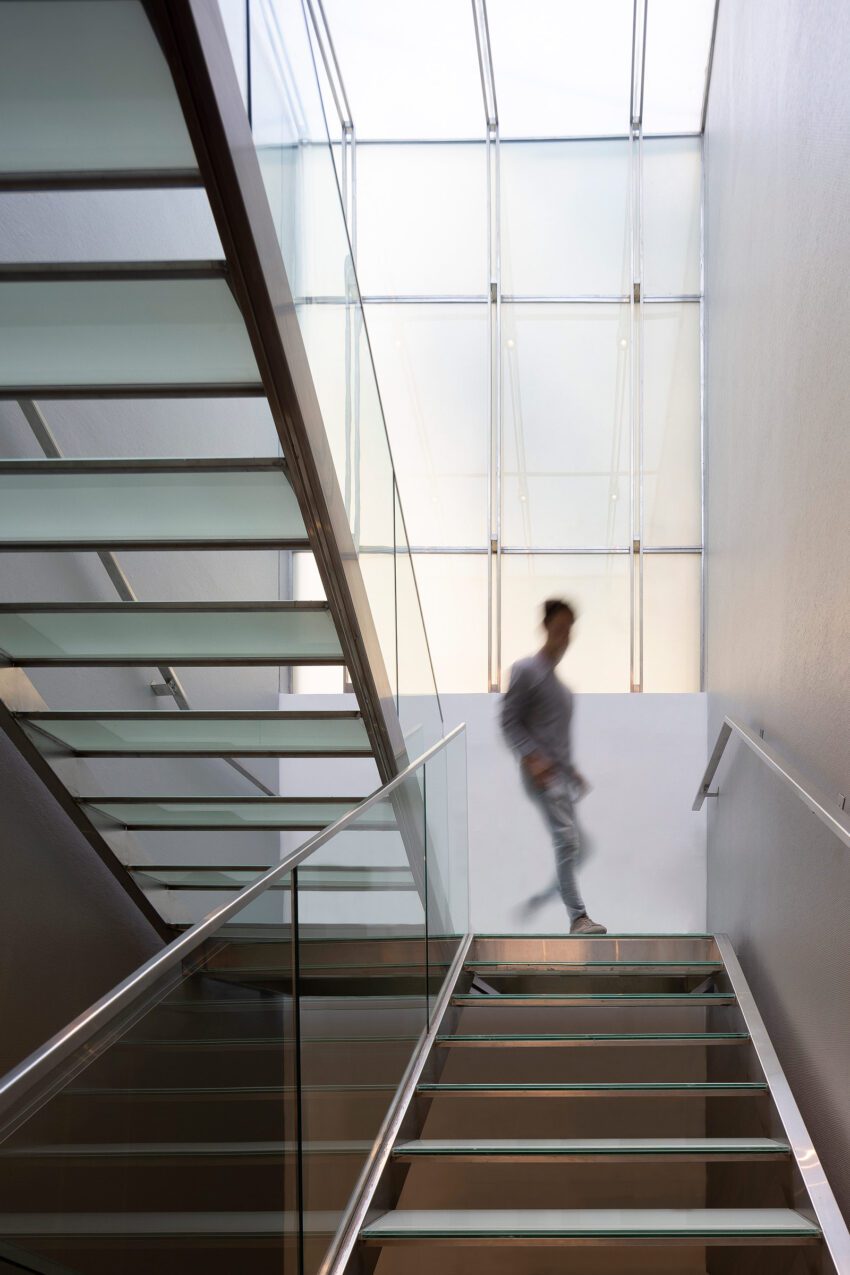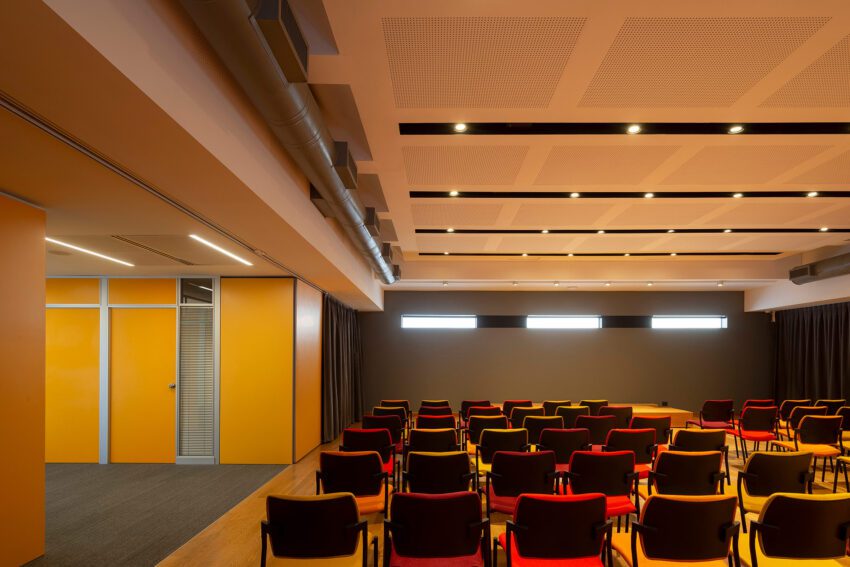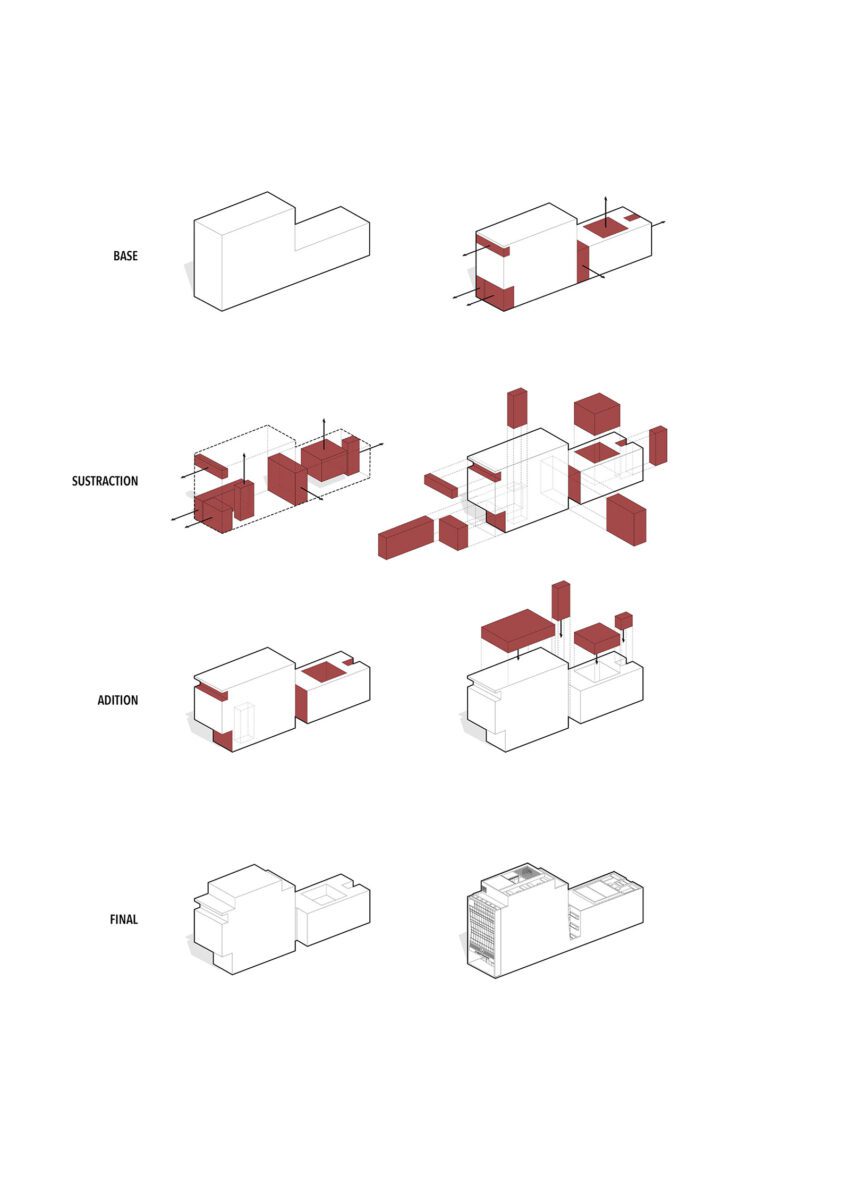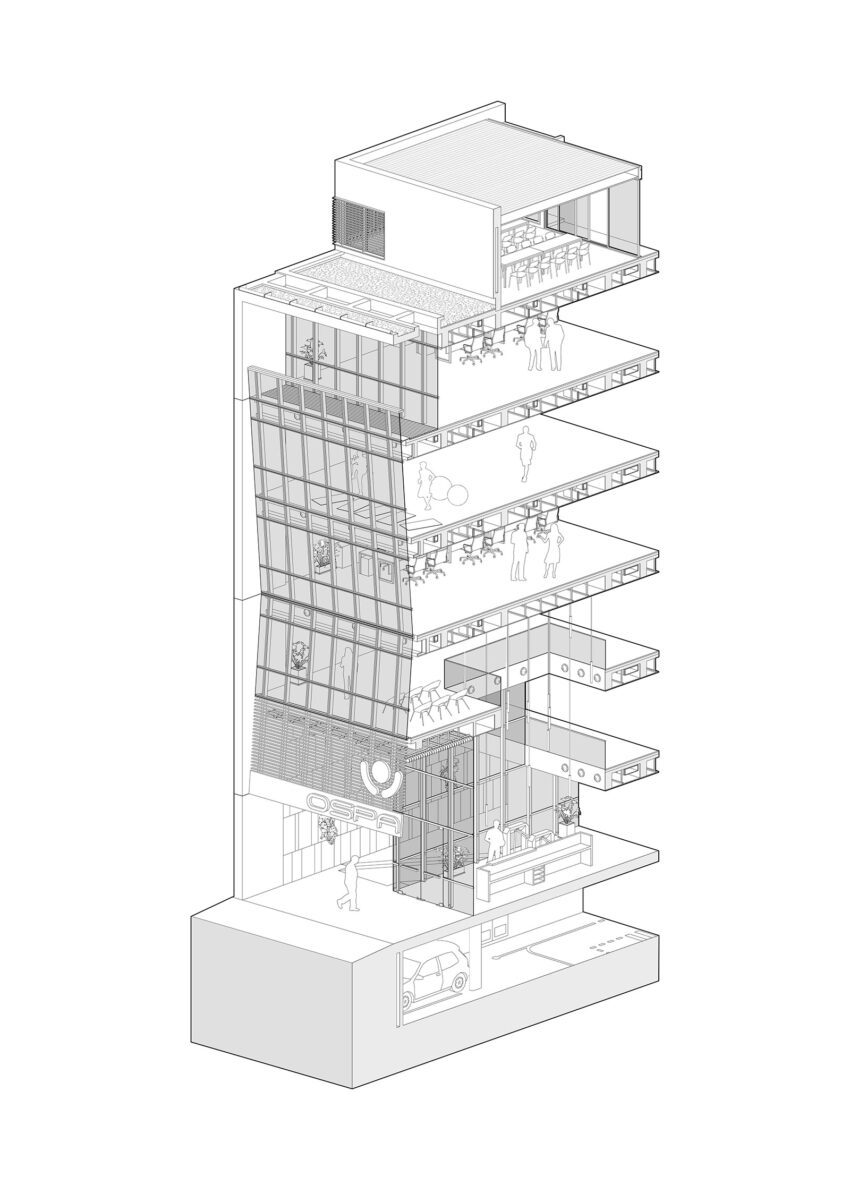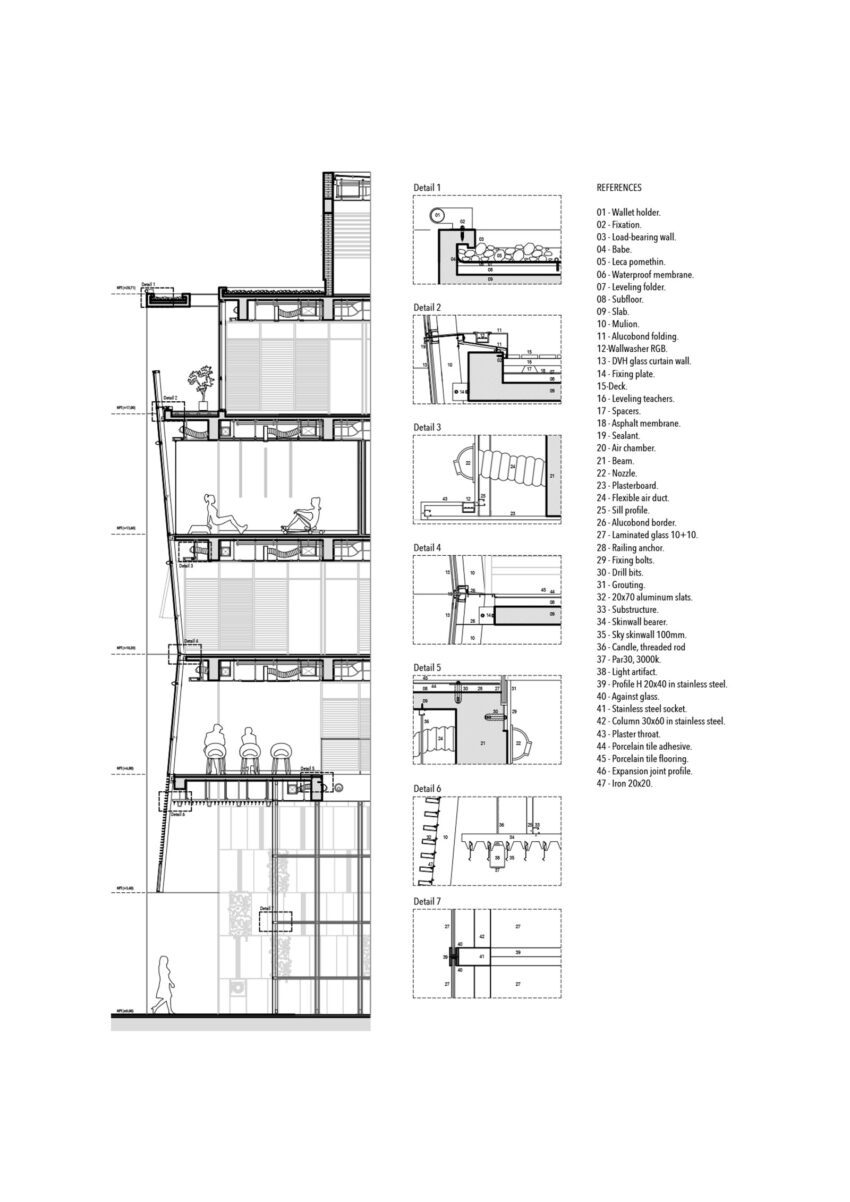In the heart of Buenos Aires, Argentina, an architectural transformation occurred between 2018 and 2022 under the guidance of architect Daniel Canda. The new headquarters for OSPAÑA Obra Social illustrates architecture’s evolving role in responding to a community’s dynamic needs. This project is not just a building; it’s an adaptive organism ready to serve the varying demands of its inhabitants and the wider community.
OSPAÑA Obra Social Headquarters Technical Information
- Architects1-10: Daniel Canda
- Location: Buenos Aires, Argentina
- Client: Ospaña
- Area: 3,100 m2
- Project Year: 2018- 2022
- Photographs: © Javier Agustín Rojas
Flexibility, flexibility, flexibility. When the project began, there was only one certainty: that when the building was finished, the program would already have changed.
– Daniel Canda
OSPAÑA Obra Social Headquarters Photographs
Adaptive Architecture: Flexibility at its Core
The OSPAÑA headquarters began with a singular principle: flexibility. Recognizing the inevitability of change, Canda’s design embraced a free-plan structural scheme, culminating in a system of porticos and high-rise beams. This approach liberated the plan’s width while ingeniously handling the depth through a sequence of spaces transitioning from public to private. This fluid circuit navigates through retreats, vestibules, patios, and work areas, culminating in a striking glazed staircase that stitches the levels together, symbolizing both continuity and renewal.
Pandemic: A Test of Resilience
Then came an unforeseen challenge – the COVID-19 pandemic. Just three months shy of its inauguration, the world halted. Yet the OSPAÑA headquarters, in an almost prophetic design foresight, seamlessly transformed. Clinics became vaccination centers, the convention area a laboratory, and the auditorium a gymnasium. The building’s innate flexibility proved not just a design feature but a vital community service, epitomizing true sustainability.
Harmonizing with the Environment
The building’s facade is a symphony of considerations – blending with the environment, responding to sunlight, and respecting the historical context of its surroundings, notably the Property Registry across the street. The decision to employ a “broken” facade plane was both an aesthetic and functional success.
Today, the building gracefully integrates into the Montserrat neighborhood, bridging the historic center with modernity. It mitigates the impact of its extensive footprint (over 3,000 m2) by harmoniously incorporating diverse functions, such as a rehabilitation center, laboratories, and an auditorium.
OSPAÑA Obra Social Headquarters Plans
OSPAÑA Obra Social Headquarters Image Gallery
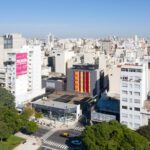

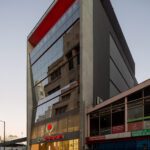


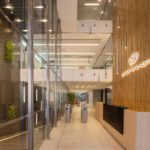
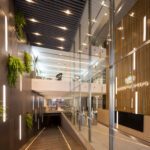
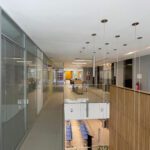

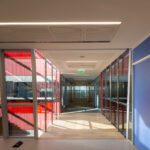
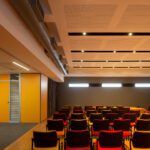
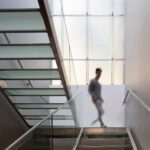
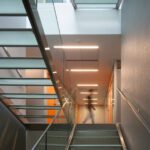
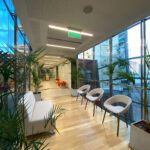
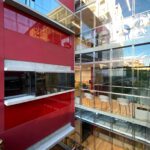

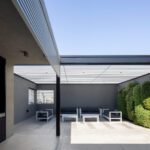
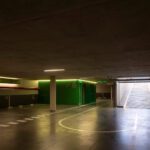
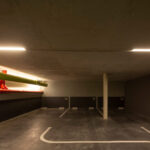
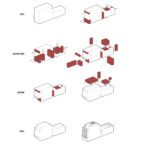

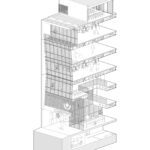
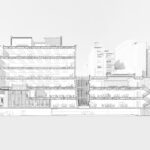
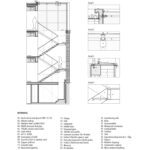
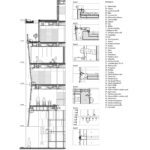
About Daniel Canda
Daniel Canda is an architect with a diverse background from the University of Buenos Aires. With a solid commitment to education, he has been actively involved in university teaching since 1990. Currently, he serves as an Adjunct Professor in the Architecture Area at FADU (University of Buenos Aires). Alongside his architectural practice at Canda & Asociados, which specializes in urban collective housing, he has contributed to various projects in the metropolitan area of Buenos Aires. His portfolio includes significant preservation efforts, notably the restoration and enhancement of the Basilica Nuestra Señora de Luján.
Notes & Additional Credits
- Design Team: Bruno Rodini, Luciana Plesko, Aldana Accomasso, architects.
- Technical Representative: Augusto Portunato, eng.
- Structural Project: Cesar Tocker, eng.
- Electrical Contractor: Horacio Ferrando, eng.
- Sanitary Contractor: SD
- Thermomechanics Contractor: BP Instalaciones
- Acoustic Contractor: I+A
- Façade Engineering: Lerin
- Landscape: Vertec
- Normative Consultors: Arete-pi

